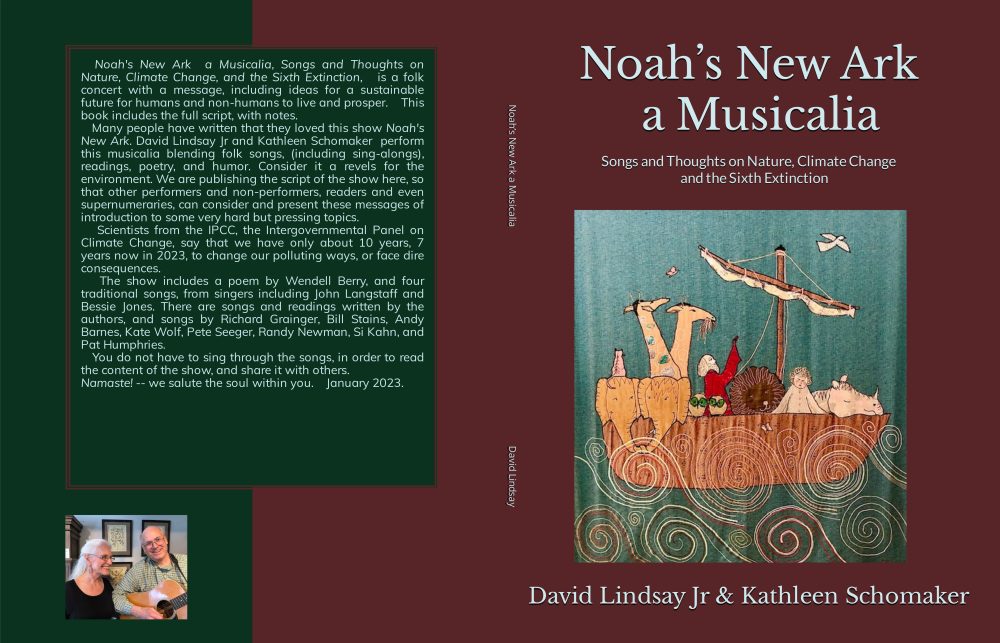. . . . .”The global debate on plastics
The plastics industry has also found itself navigating a tricky global landscape. Some of the world’s biggest oil- and gas-producing countries are aligned with the industry’s position. Nations are aiming to hammer out a draft of the treaty by the end of the year, at the final round of negotiations in South Korea. On top of reining in plastic production, scientists are urging negotiators to aim for a treaty that mandates testing of the chemicals in plastics.
According to the U.N. Environment Program, the world produces more than 430 million metric tons of plastic a year. Two-thirds are short-lived products that soon become waste.
“We will continue to need plastic for specific uses, such as renewable energy technologies,” said Inger Andersen, U.N.E.P.’s executive director. “But there is growing agreement that short-lived and single use can go.” ” . . . . .


